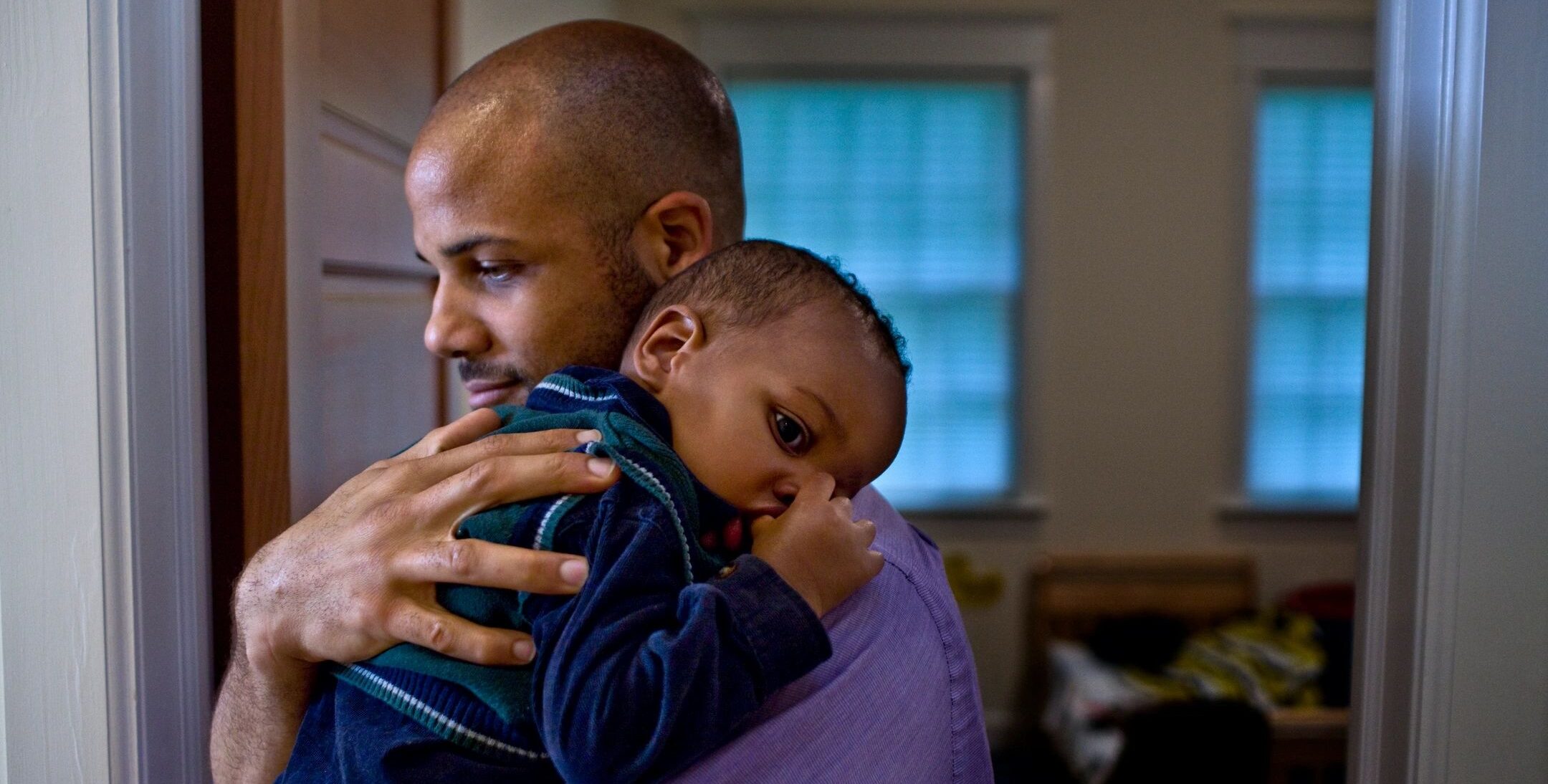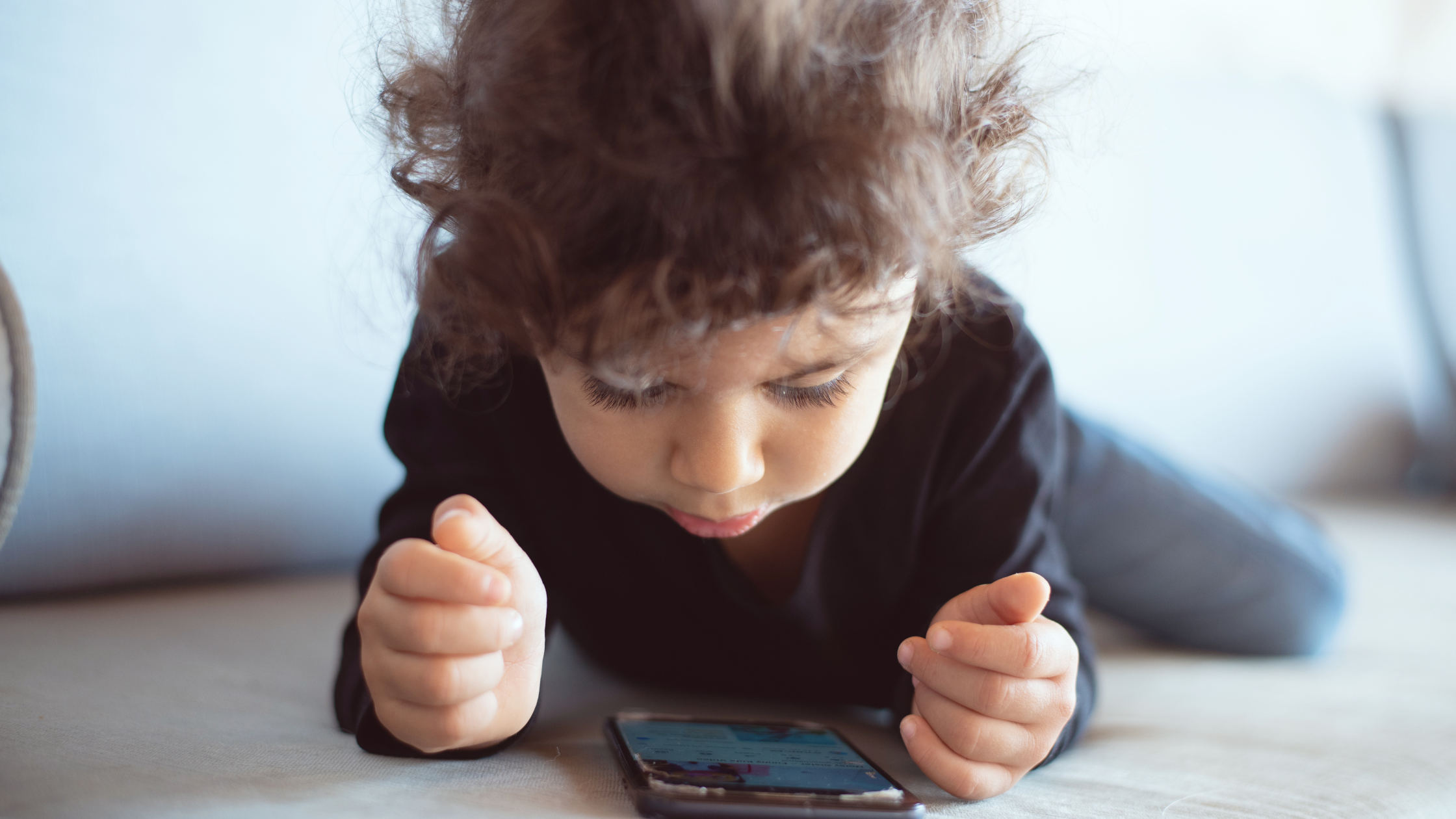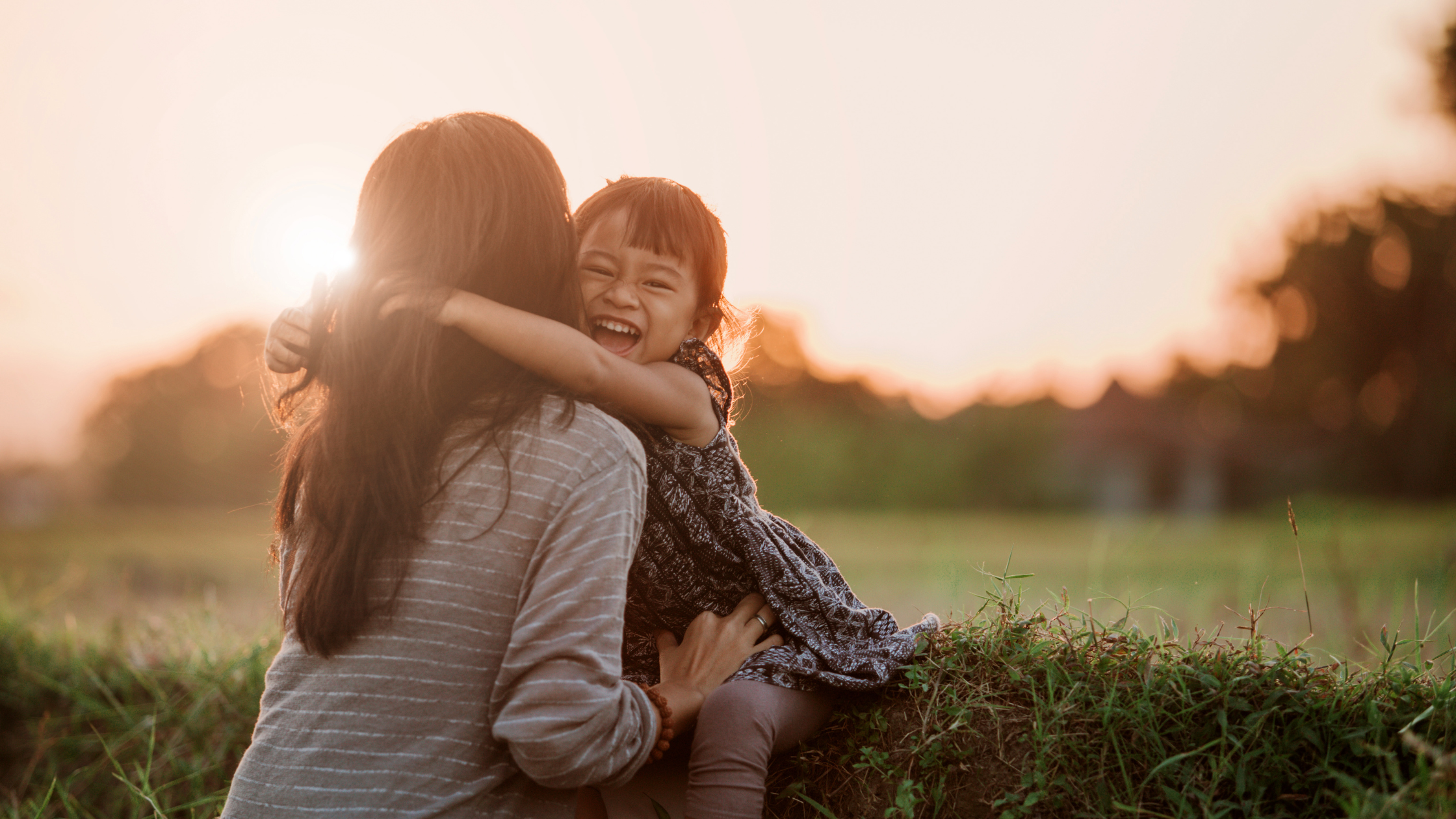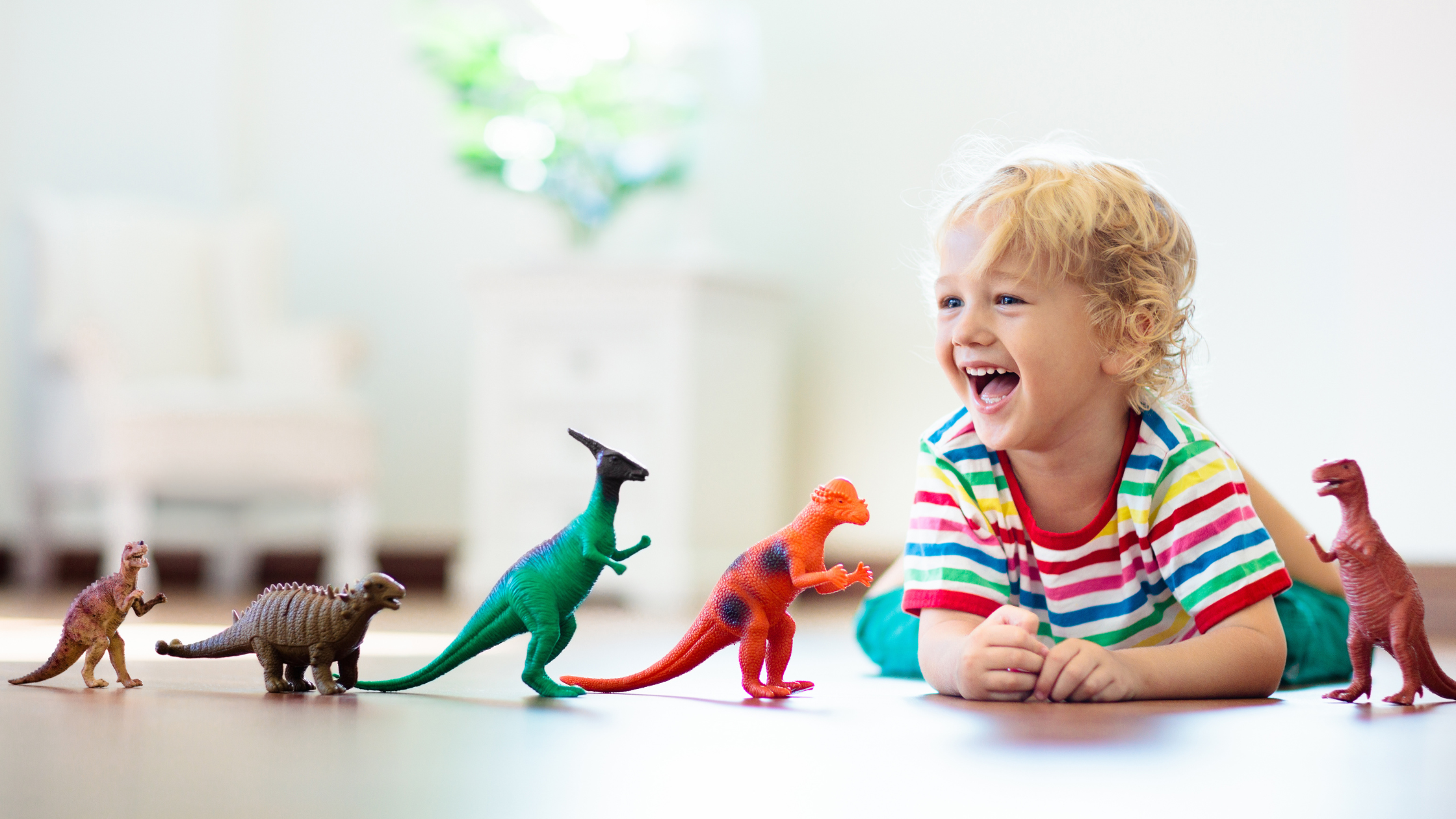WRITTEN BY EMMANUELLE KHOURY, PH.D, SOCIAL WORKER.
Montreal, Canada
Life is a journey, with each developmental stage posing a new set of challenges and opportunities for all people. According to the Canadian Pediatric Society’s website, childhood development is a time when your child will reach many milestones, and not necessarily at the same time as other friends or neighbours. All children are different and may hit milestones at different times. These milestones, or skills, include language, cognition, motor skills, and social skills.
Social skills include: developing self-esteem and self-knowledge, connecting with others, responding to others with empathy, and working together.
“Growing up happens in a heartbeat. One day you’re in diapers; the next day you’re gone. But the memories of childhood stay with you for the long haul. ”
As of the age of 5, most children will spend a significant amount of time during their childhood in the context of a school setting. For many children, this is a time filled with complex emotions such as excitement, anxiety, fear, shame, pride and joy. Often, a child might experience these emotions in the same day.
The richness of the human experience is anchored in the expression of a full range of emotions. However, when these emotions are confusing, scary, and overwhelming, children tend to engage in a fight or flight scenario. When this happens, parents and teachers might observe that muscles tense up, the child’s temperature rises, she might cry or scream, and she might recoil or act out.
The role of developmental stages in understanding social and emotional needs
In order to properly interpret her behaviour and help a child learn how to regulate her emotions (otherwise known as co-regulation), we need to understand not just the specific emotions, context, and personality of the child, but the overall developmental stage that the child is in.
According to a 2017 report on child and adolescent development focused on school-based health promotion and prevention , child development is driven in large part by three main spheres: their cognitive, socioemotional, and physical development. For example, according to the 2017 public health report, the recognition and expression of emotional regulation is part of socioemotional development whereas logical reasoning and moral aptitude (or the development of the ‘self’ and how ‘to be’ in society) is part of cognitive development.
Entering the School System
When children typically enter into the mainstream school system at age 4 or 5, the adjustment to interacting with so many people outside of the family puts the socioemotional development into turbo drive. They start to learn what actions and attitudes are considered acceptable or unacceptable to their peers and teachers.
This is a stage where learning to use words to describe simple emotions can help them express themselves during social interactions and is a first step (for children and adults across the lifespan!) to developing the skills to manage emotions. This naming of emotions can also help children develop empathy by recognizing those same emotions in others and responding in consequence. In this way, the seeds of cooperation are sown.
It is important at this stage to help children learn how to resolve their conflicts by demonstrating the language, attitude, and actions necessary to manage their emotions and nurture their relationship with themselves and with others. You can also help them learn others’ non-verbal cues or recognize emotional responses in themselves and others.
By the time a child is 6 or 7, she typically needs support in understanding the complexity of emotions. For example, when my 6 year old daughter didn’t get chosen to help the teacher in class, she was visibly upset when I picked her up after school. By creating the time and space for her to use her words to talk to me about her feelings (this sometimes includes me naming emotions to start building her ‘emotional vocabulary’) we both learned that she was happy for her close friend who did get chosen, but also upset that it wasn’t her. Validating these conflicting emotions is vital in developing self-esteem and self-confidence. Then talking about how to act or respond to these emotions is part of supporting her emotional regulation through co-regulation.
Kids typically need support in continuing to develop positive relationships with others, with themselves, and with the world around them. At this stage, this might be through recognizing their contribution in the classroom or at home, and the contribution of others, and then finding appropriate ways to express their emotions and points of view.
Older children begin to internalize rules and norms
Once kids are in the older grades of primary school (ages 9-12) their socioemotional developmental stage is intertwined with their ability to reason and problem-solve (this is a cognitive process). Typically, friendships start to take an important place, although this depends on the family and cultural context. By the age of 12 most children will internalize rules (this means that they will act in a certain way not just because an adult might reward or punish them, but because they have decided for themselves that a set of rules is important, or not).
The socioemotional development of kids in school at this age is particularly affected by their increased understanding that not everyone thinks or feels the same way. As parents, teachers, and caregivers we can continue to support them by co-regulating emotions such as anger and frustration and by reminding them of the actions they can take in the event of conflicts. Supporting and promoting the acceptance of two-way relationships, such as the importance of both offering and accepting help and identifying and resisting negative influences, can also support children at this stage.
Understanding the developmental stage of the child can help us respond and support her valuable emotions in a way that makes sense for her age, her individual path in reaching a developmental milestone, and for her life context. This is also vital to her cognitive and physical development – her eventual ability to create a healthy lifestyle for herself, feel connected to herself through self-knowledge and self-esteem, and feel connected to the world and to others through cooperation and nurturing relationships.












